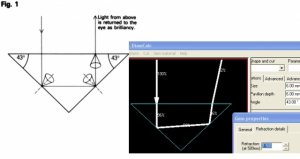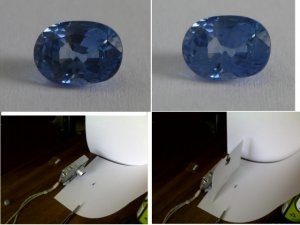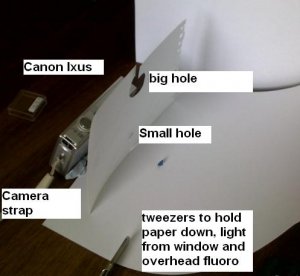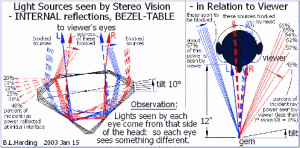- Joined
- Nov 19, 2003
- Messages
- 1,290
LovingDiamonds|1294948897|2821908 said:Absolutely 100% correct and this is why this thread is so confusing. The terminology is used differently in diamond world and coloured gemstone world!
Extinction = a gem cut with areas that do not return light - no matter what you do or how you look at it or where the light is/isn't.
This last sentence is THE reason for confusion. WHERE the light is or isn't, IS everything with any gem. Unless a gem has inclusions which distribute light evenly through the stone, or is fluorescent in which case light is produced evenly through the stone, any gem will show evidence of what people here call, "extinction", or dark areas in a gem. In many cases the dark areas being seen are due to poor lighting and are not a function of the cut of the stone or it's material properties. This is definitely a function of where the light is coming from and has nothing to do with the quality of cutting and little to do with the darkness of the material being used. I swear, one of these days I'm going to be reading that someone is not happy with the stone they've just bought because it doesn't have any color when the lights are turned out at night.
The terminology is NOT used differently in the diamond and gemstone world, since they are not two separate worlds when seen from a gemological perspective. Diamonds are a subset of colored stones and by their nature and low color saturations, can't show many of the features of darker colored stones. On the other hand diamonds can show the same dark areas which result from poor lighting conditions and one has to be careful that they are not calling reflections from dark areas "extinction" since this is not what's happening.
The difference is not between colored stones and diamonds or the terminology used, but in between good and poor lighting conditions used when determining a stones optical performance and whether it is showing extinction in all lighting conditions, (of which "head reflections" are part and is a constant cause of poor performance), or dark background reflections in poor lighting, (in which case the stone may be acceptable when the lighting improves).







300x240.png)